Three decades of agrigenomics research
- Details
- Category: Projects
-
29 Dec 2023
30 years of R+D CSIC
The cost of sequencing genomes is a million times less than it was just over two decades ago. The data is impressive. If in the year 1998, the sequencing of a single piece of the Arabidopsis plant genome was a milestone, now the situation has changed radically. We speak with some of the early researchers in this field.
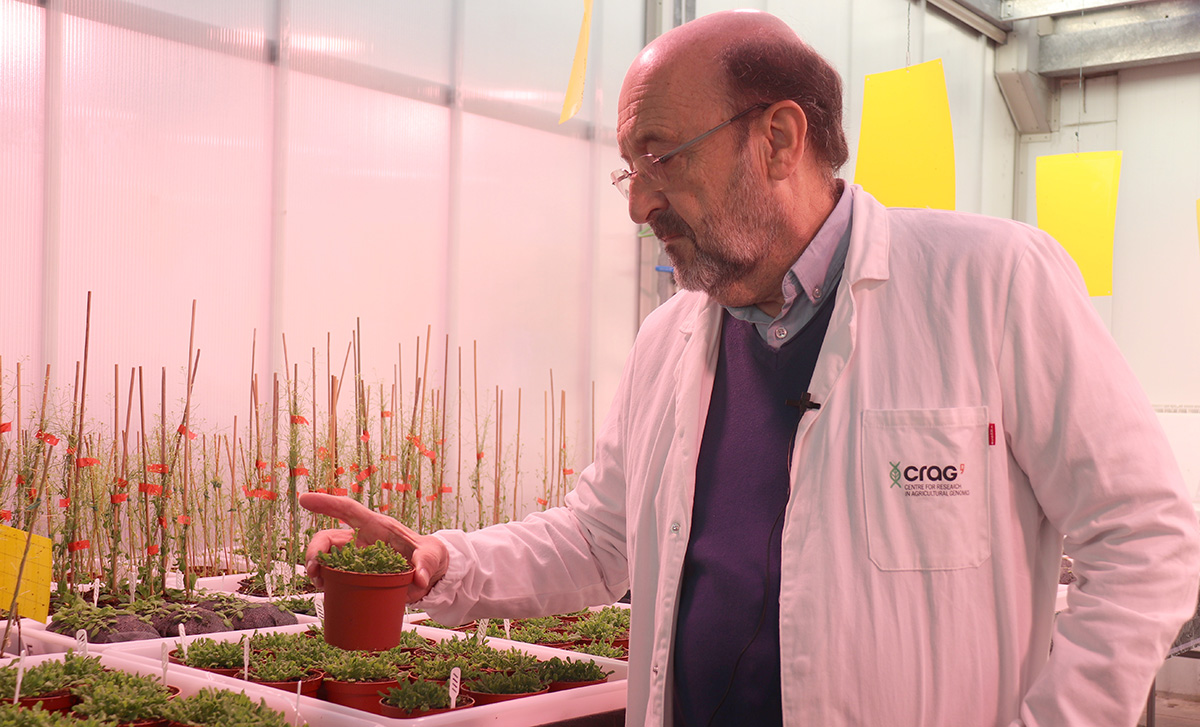
"Now, multiple genomes are published at once," notes Pere Puigdomènech, a research professor at the CSIC. "The cost of sequencing has been reduced by a million, thanks to massive sequencing techniques and computer data processing. It is a tremendous technological advance, and our knowledge is now infinitely greater."
As explained by this scientist, tools are now available to determine which bases one wants to modify, why, and in which part of the genome, and these are beginning to be used broadly in the industry."
Puigdomènech is a CSIC emeritus researcher at the Centre for Research in Agricultural Genomics (CRAG), a consortium of CSIC, IRTA, and the universities UAB and UB. The centre dates back to 2003, although the building was not inaugurated until 2011. Its 9000 square metre facilities house greenhouses, cultivation chambers, laboratories and offices for a team of researchers and technical staff of more than two hundred people, who carry out research with the aim of understanding the demanded and essential characteristics of plants in relation to food.
The origins of CRAG, the first centre of its kind in Spain, began in the laboratories of CSIC and IRTA. In the case of CSIC, it was in the biology area of the Centre for Research and Development (CID) that a team of barely ten people, including Puigdomènech himself, who had returned from Germany in 1981, started working on recombinant DNA in plants.
In 1985, the sequencing of a corn protein, glutelin-2, was published; the work was pioneering in Spain and the first DNA sequence published from Catalonia. Currently, multiple genomes are published simultaneously.
"We then started working on recombinant DNA in plants. Subsequently, we were joined by another group of CSIC scientists who were conducting research on maize improvement at the University of Barcelona facilities. Between 1982 and 1983, this collaborative team tackled the sequencing of a maize protein, glutelin-2, a work that was published in 1985 (1). This groundbreaking research was pioneering in Spain and represented the first DNA sequence published from Catalonia. Since those initial publications, the results have progressively accelerated."
Examples of an accelerated progression
In the 1990s, CSIC researchers at the Centre for Research and Development (CID) participated, together with a European consortium, in the sequencing of the first piece of the Arabidopsis genome, published in 1998. Arabidopsis has been the main laboratory model for years for practical reasons, such as simplicity and ease of manipulation. Hence the interest in obtaining its genome.
The complete Arabidopsis genome (2) was published in 2000, almost at the same time as the human genome. CSIC researchers took part in the work, together with scientists from Europe, the United States and Japan. The project, launched from Brussels in 1991, involved an investment of 100 million euros, provided by the then European Community, the National Science Foundation (USA) and the Kazusa Institute (Japan). The results, published in Nature, revealed a partial genome of 119 million base pairs (Mb) containing some 26,000 genes.
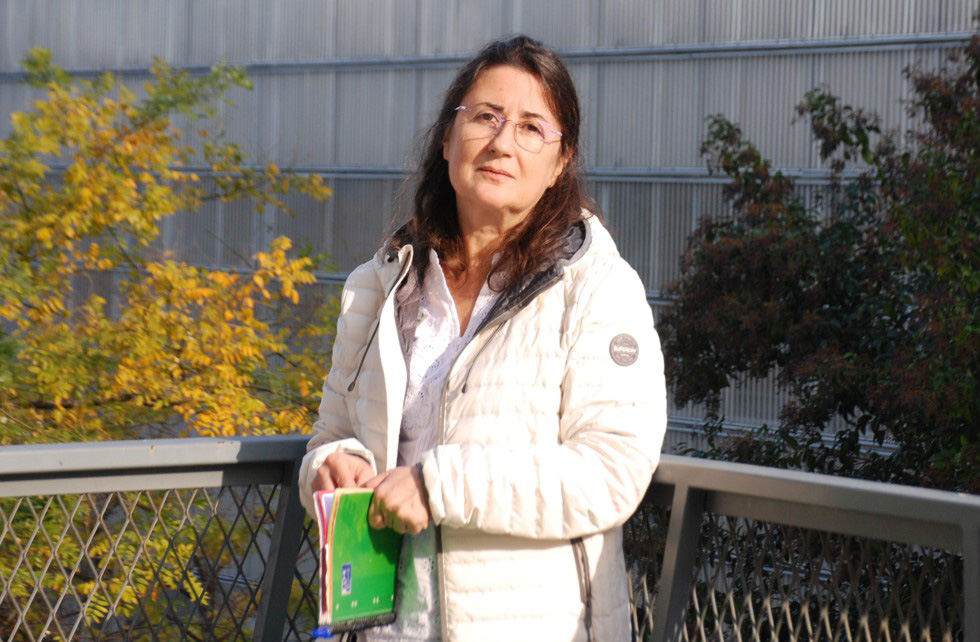
Another milestone of the same group, then based at the Institute of Molecular Biology integrated in the CID, was the discovery in 2001 of the potato armadillo protein, which mobilises to the nucleus in the presence of gibberellins and which later led to the identification of how DELLA repressors, proteins with a key activity in the signalling of these hormones, function. The work was led by Salomé Prat, research professor at the CSIC, and appeared in the prestigious journal Cell (3). "This second discovery was key to understanding why plants show a more elongated appearance in the absence of light and also the reason for the correlation between greater tolerance to stress and inhibition of plant growth.", says the researcher Salomé Prat.
In 2012, the complete melon genome of about 450 million base pairs and 27,427 genes was obtained (4). A Spanish consortium carried out this task as part of the Melonics project, led by Pere Puigdomènech (CSIC), Jordi Garcia Mas (IRTA), and the collaboration of 14 research groups from various parts of Spain and five companies. Funding for the project, promoted by the Genoma España Foundation, amounted to just over four million euros. This was 25 times less than the cost of obtaining the Arabidopsis genome twelve years earlier.
Whereas in September 2001, the cost of sequencing a genome was estimated at just over $95 million, by May 2022 that cost had dropped to $525. The costs of DNA sequencing in plants are very similar.
Reduction in the cost of sequencing a genome
These progressive outcomes, genome by genome, contrasts with the current situation in which technology has advanced so much and so quickly that the genomes of different varieties can now be obtained in a short time and simultaneously. As an example, in 2021, the genomes of 26 maize lines, obtained simultaneosly in just two years thanks to third-generation sequencing, known as long-read sequencing, were published in Science. However, the authors gave credit to previous work: all this would not have been possible, they said, without the first B73 genome, obtained in 2009 (it appeared in Science and was a four-year project with an investment of 31 million dollars, just over 22 million euros).
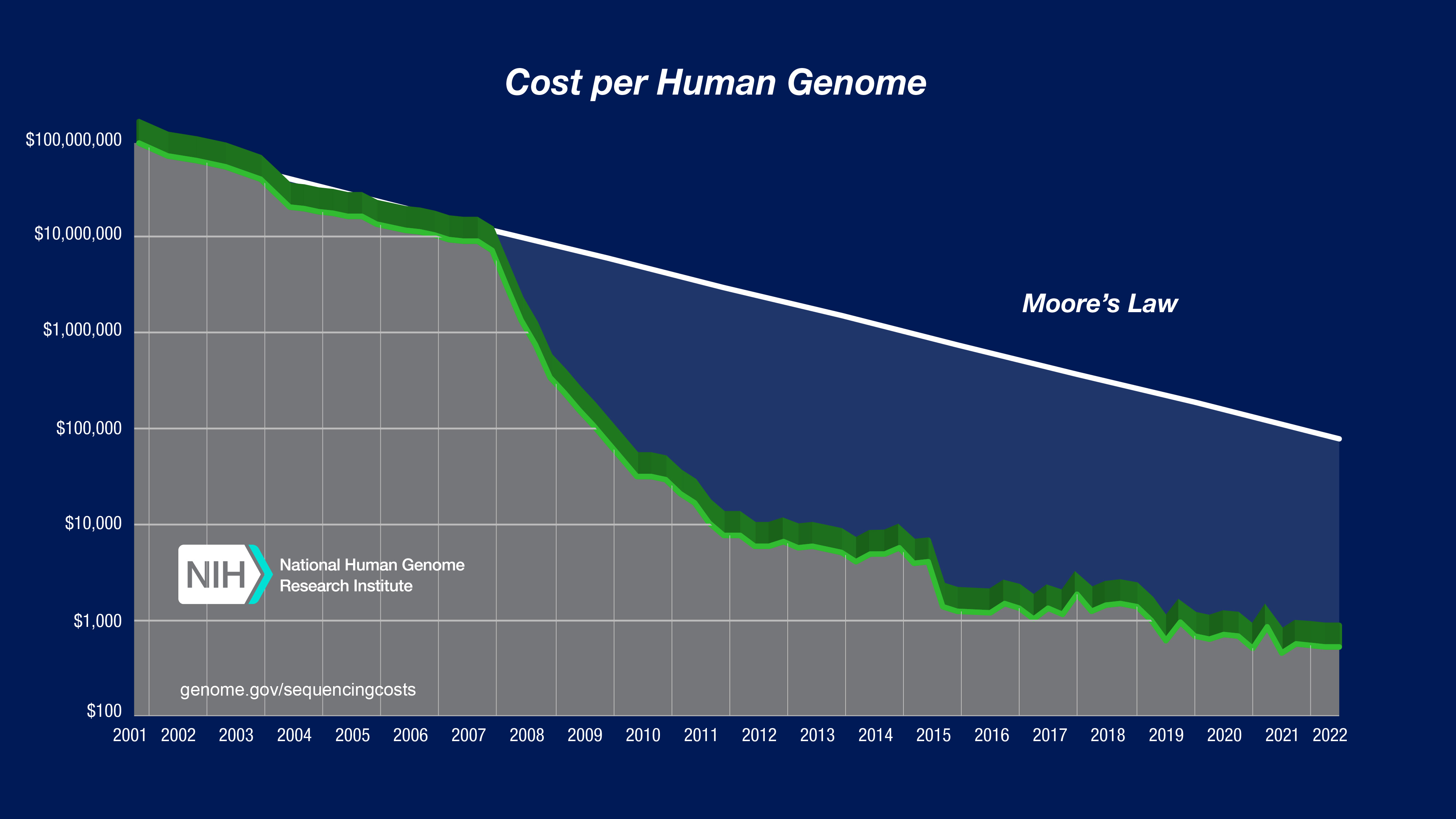
The US National Human Genome Research Institute (NHGRI) has long monitored the costs of DNA sequencing performed at funded sequencing centres. The latest data published in 2022 showed a drastic reduction in costs. (5) Whereas in September 2001, the cost of sequencing a genome was estimated at just over $95 million, by May 2022 that cost had dropped to $525. The costs of DNA sequencing in plants are very similar.
Improvements for a climate change scenario
CRAG is currently working on the development of plants that require less pesticides, less water, and are more productive and resilient to climate change. CRAG scientists work also to obtain varieties to avoid food waste due to their reduced storage capacity.
There are several lines of work with sorghum crops, a cereal that is more resistant to drought, which is beginning to be cultivated in Spain. Another line is aimed to prevent fruits of different species from being lost due to their excessively rapid ripening or the incidence of diseases. In this sense, in the CRAG there is one of the best international teams working on peach research, a very perishable fruit: although the harvest is abundant, a large part of it goes bad. Researchers are looking to improve the plant so that the fruit keeps better.
Similar lines are being developed for melons and tomatoes. The goal is for the fruits to maintain well on the branch without having to be harvested all at once. One fact gives an idea of the current situation: 70% of the tomato crop is used to make sauces; this is the largest part of the harvest, which the farmers are obliged to harvest so that it does not spoil on the bush.
Scientists at the CRAG are also working on animal genomics, thanks to the incorporation of research groups from the UAB, and on the cultivation of algae as a source of food or molecules of interest.
CRISPR regulation for plants
Another major change in recent years has been the appearance of gene editing using CRISPR, which makes it possible to modify or inactivate genes in a specific way. This genetic editor, as Puigdomènech points out, is a different methodology to that of transgenic lines (which appeared in 1993), and allows to introduce in a targeted way the changes identified in other varieties.
Another major change has been the advent of gene editing using CRISPR; its application to genetic improvement, however, requires that the European Union modify its regulations.
With CRISPR, genetic sequences can be deleted, cut and pasted at the desired point in a very precise manner. This opens the door to switching on or switching off genes, as well as modifying them, without introducing external genes in the organism. Anyway, CRISPR facilitates, if necessary, the introduction of an external gene in a very controlled way. This is a great advantage over conventional transgenic techniques, which do not allow such a precise control over the insertion point of the transgene. That’s why transgenic research requires exhaustive studies to ensure that no essential plant processes are disrupted when a transgen is introduced.
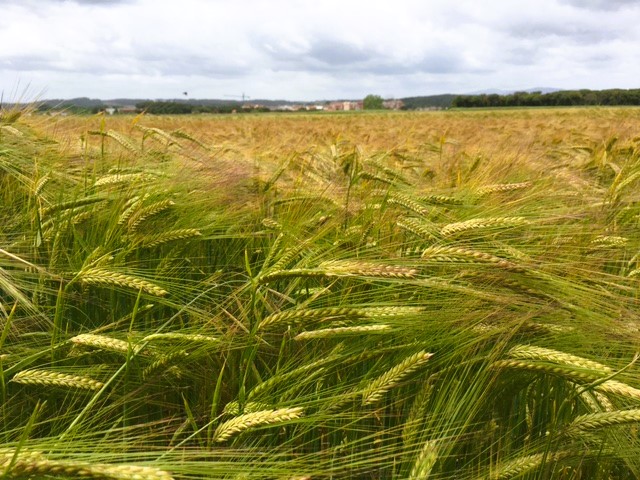
The application of CRISPR to genetic improvement requires, however, that the European Union modify the regulations that apply to genetically modified organisms (GMOs) so that plants edited with CRISPR are not treated in the same way as transgenic plants. Since GMOs first appeared, Europe has always tried to provide citizens with as much information as possible and has established strict regulatory control, such as EFSA, whose advisory bodies have always included a member of CRAG, Puigdomènech points out.
To date, Europe has only approved one GM crop (BT maize, resistant to the borer pest), although there are more in the case of imported foods (not grown in Europe). The approval of a GM crop requires a large investment in trials, which only large companies in the sector can afford, and guarantees for the identification and detection of the GM crop.
In this sense, Puigdomènech points out, "we have developed techniques that allow us to easily detect whether a plant or its fruit is transgenic, and thus guarantee that it complies with the regulations. However, it is very difficult to make this identification in the case of organisms edited with CRISPR, as the plant or fruit in many cases is no different from the natural varieties that have undergone modifications (mutations) spontaneously. Moreover, he adds, they are foods that do not pose any food risk.
"In this context, several thousand researchers from 120 institutions signed an open letter in 2019, calling for different regulation for CRISPR-edited plants in Europe, so that European agricultural production does not lag behind that of other continents.
As the letter stated, researchers around the world are already using the CRISPR system to selectively modify species of agronomic interest in a faster, relatively simple, and much more targeted way than other common plant breeding techniques, such as random mutagenesis. Similar to conventional breeding techniques, 'the use of CRISPR aims to introduce mutations that confer advantageous characteristics to the plant, such as resistance to plant pathogens or drought, or to improve the organoleptic characteristics of the fruit.'
'On the other hand,' explained José Luis Riechmann, ICREA researcher and then director of the CRAG, 'the resulting plants cannot be distinguished in any way from those obtained by conventional breeding techniques—like most of those on the market today. Some of the mutations introduced could even occur naturally without human intervention, making it difficult to apply current legislation, which requires a specific method to detect them.'
The plant science community, the petition said, "raises its voice to underline that the ruling of the Court of Justice of the European Union - which equated CRISP-edited organisms with GMOs - does not reflect the current state of scientific progress. It also put Europe at a disadvantage compared to other countries that do not consider engineered plants to be GMOs, he said, and could hinder progress towards more sustainable agriculture. Now, Europe has opened the door to changing the legislation, although these changes have not yet been approved.
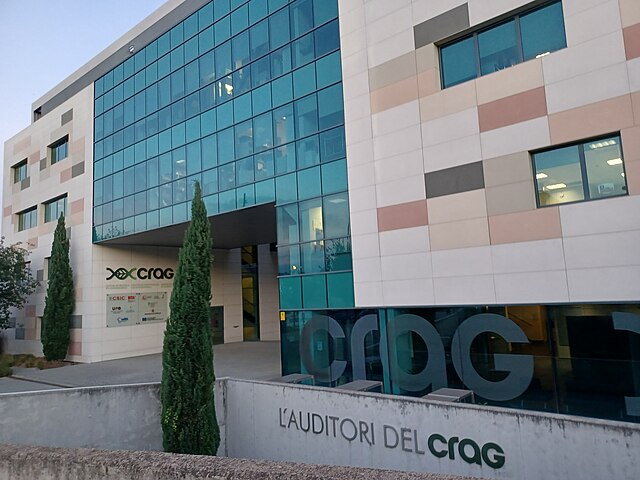
Current research at CRAG
Currently, CRAG offers scientific services to companies through different scientific platforms that are available to any institution or company. It also transfers knowledge through research and development contracts with companies in the sector. The centre has collaborated with more than 30 companies in Spain, and has established alliances with companies of recognised international prestige.
A strong commitment of CRAG is the protection through patent rights of the results that can have an impact on society, consolidating its know-how and creating value propositions that improve the competitiveness of the sector.
Recently, CRAG has launched its first spin-off company, PLANeT Biotech, which is a milestone in terms of the transfer of research results developed at the centre. This contributes to local industrial development and demonstrates the fulfilment of the purpose of industrial application of the intellectually protected assets.
Nowadays, CRAG main research lines are plant development and signal transduction and stress responses, synthetic biology and plant metabolic engineering, and plant and animal genomics.
Since the beginning of 2022, the centre has been directed by the researcher Maria Lois. Its management team is committed to research excellence along with the development of gene editing methods suitable for the species cultivated in Spain and Catalonia. The aim is to achieve competitive and sustainable agriculture, reducing environmental impact and the need for a larger surface of the planet dedicated to crops. According to the director, Maria Lois, 'CRAG is a reference centre for providing rigorous information on gene editing in plants to help make strategic decisions based on scientific evidence.'
References
(1) Salome Prat, Jordi Cortadas, Pere Puigdomenech and Jaume Palau. Nucleic acid (cDNA) and amino acid sequences of the maize endosperm protein glutelin-2 Nucleic Acids Research, Volume 13, Issue 5, 11 March 1985, Pages 1493–1504, https://doi.org/10.1093/nar/13.5.1493
(2)The Arabidopsis Genome Initiative, Analysis of the genome sequence of the flowering plant Arabidopsis thaliana, https://www.nature.com/articles/35048692 Nature, volume 408, pages 796–815 (2000)
(3) Gibberellins Signal Nuclear Import of PHOR1, a Photoperiod-Responsive Protein with Homology to Drosophila armadillo, Cell, Open Archive DOI:https://doi.org/10.1016/S0092-8674(01)00445-7
(4) Jordi Garcia-Mas et al. The genome of melon (Cucumis melo L.). PNAS. DOI:10.1073/pnas.1205415109
(5) DNA Sequencing Costs: Data. https://www.genome.gov/about-genomics/fact-sheets/DNA-Sequencing-Costs-Data
M.Fernández / Comunicación CSIC, Delegación en Cataluña




